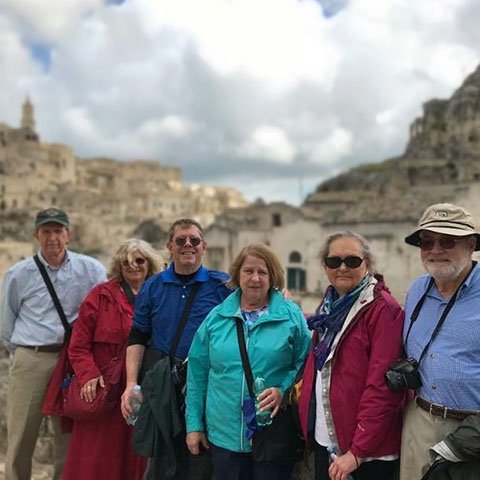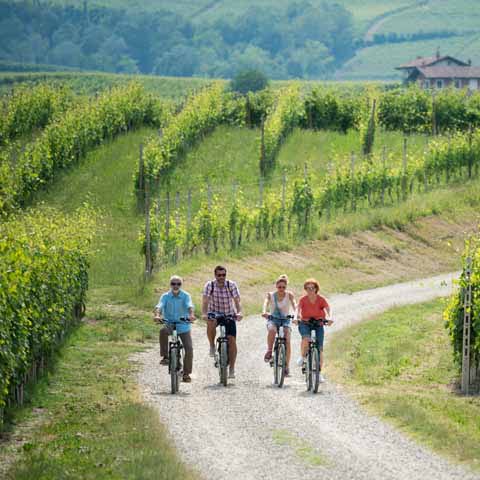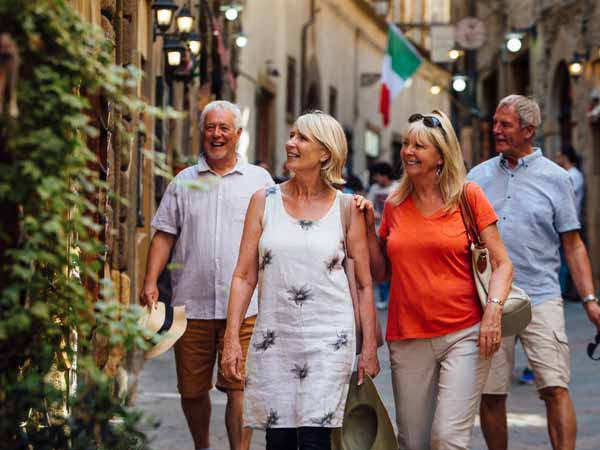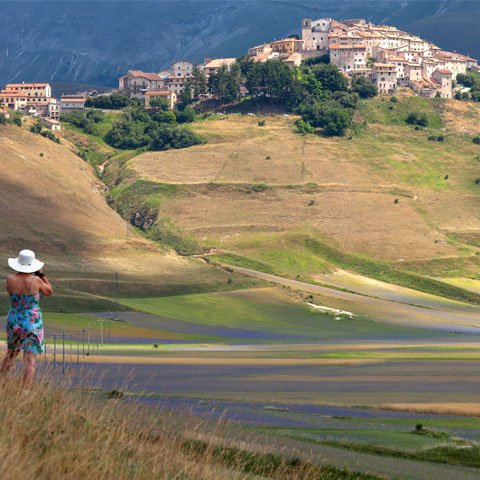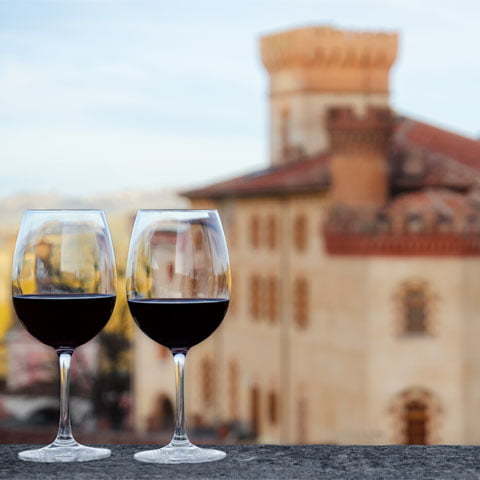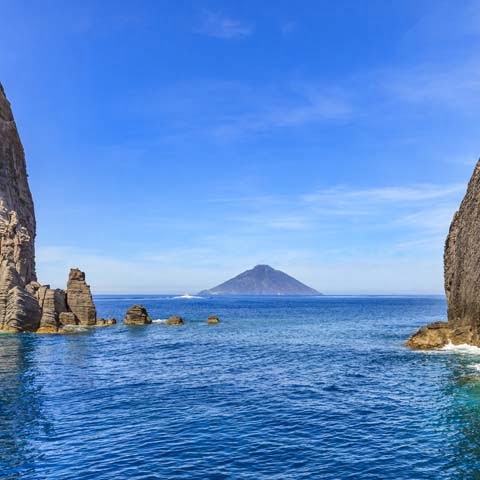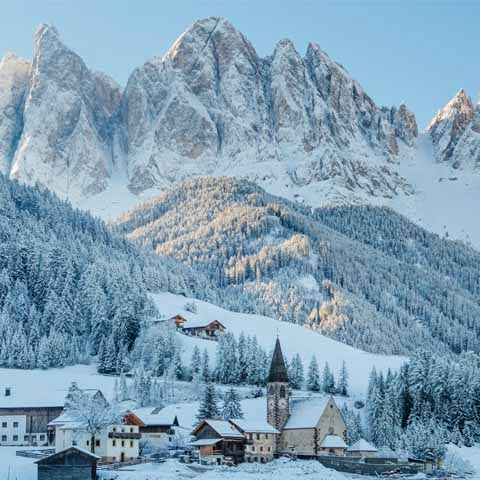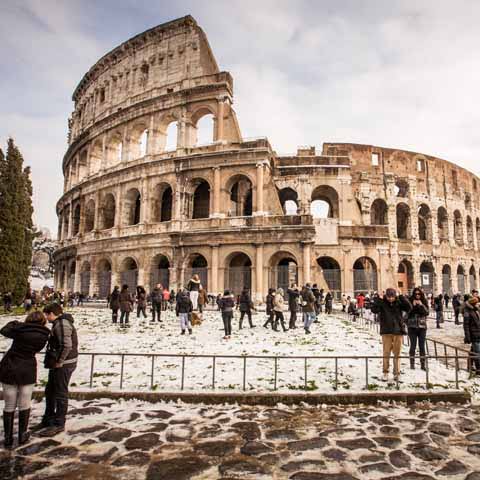Recharge and Reconnect in Italy
Bringing Loved Ones Together Through Travel As we look ahead to travel after the COVID-19 pandemic, intimacy is a key theme that will guide us from the early planning stages through the end of the trip. Working one-on-one with a travel specialist has always been the best way to handcraft an extraordinary vacation, and this
Recharge and Reconnect in Italy Read More »
